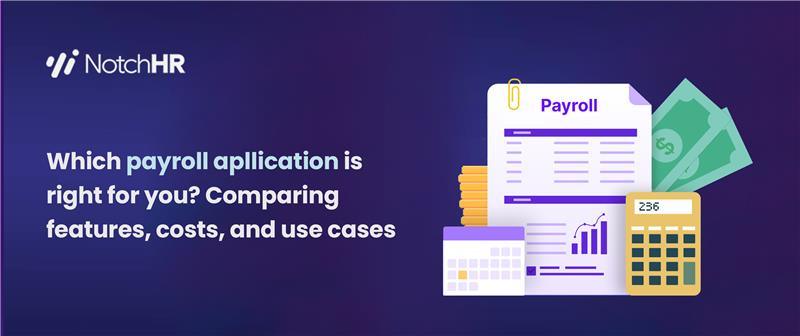Have you noticed any of these employee burnout signs:
- Constantly exhausted.
- Increasingly mentally distant from the job.
- Not as efficient as usual.
- Easily irritable or hostile
Well, sorry to break it to you, but there’s a high chance that the employee is burning out. Burnout is a growing concern in the modern workplace and has become a serious issue for many employees and employers alike.
According to a survey by Deloitte, “77% of employees say they experienced burnout at their current job, with more than half citing more than one occurrence.” Burnout is often misunderstood, stigmatized, and costly to employees’ productivity and well-being.
The result is a decline in motivation and interest in their work. This inevitably leads to poor quality of work and lower productivity. Absenteeism also increases when employees experience burnout – either through sick leave or taking time off for stress-related reasons. Other issues include less job satisfaction, diminished productivity, and depreciating employee health.
Employers can take steps to mitigate the impact of burnout in the workplace by addressing its root causes. Some of these are:
- Excessive workload
- Unrealistic expectations
- Lack of support from management and colleagues
- A bad boss
- Lack of autonomy
- Feeling underpaid
- Toxic or dysfunctional workplace dynamics
Asides from the general cases listed above, other non-work related issues play out in the lives of your employees. Imagine spending two to four hours in frustrating traffic every day to get to work, and going at it again when done with work. Imagine putting up with that stress while also shouldering several personal responsibilities. These will inevitably drive stress levels up and, contribute to eventual burnout.
Employee burnout is typically divided into five stages:
- Honeymoon stage: During this stage, employees feel engaged with their jobs, feel well prepared to deal with stress, and work stressors feel like the exception, not the rule.
- Stress Onset: Stress onset occurs when employees feel stressed more often, but they are still happy and capable of handling it.
- Chronic Stress: Chronic stress occurs when team members often feel stressed, and that stress is taking a toll.
- Burnout: Employees who are burnt out feel overwhelmed by stress, unhappy at work, and experience symptoms of burnout that hinder their productivity.
- Habitual or chronic burnout. In this stage of employee burnout, the mental and physical symptoms are chronic and habitual. Employee burnout not only affects their work lives but affects their personal lives as well.
6 Tips to Prevent Employee Burnout
For your business to thrive, it is important you help your employees avoid burnout. Here are 6 ways to prevent employee burnout:
- Encourage a healthy work-life balance: Overworking employees is the major cause of burnout. It’s important to promote a healthy work-life balance in your workplace culture to help your employees avoid burnout. Offer flexible and remote working, Focus on productivity rather than hours, encourage breaks, etc.
- Take unnecessary tasks off your team’s plate: Employees who feel overwhelmed tend to take work home with them. It may seem like a show of commitment at first but it will inevitably disrupt their work-life balance and lead to burnout. Regularly review the workload of your staff.
- Offer satisfactory compensation and benefits: When employees feel they are being underpaid for their hard work and efforts, they’re more likely to burn out. Pay your employees well, and offer good benefit packages. Not only will they stay longer but they will also be constantly encouraged, engaged, and productive.
- Schedule regular check-ins: Physical and psychological issues don’t always show on the face. You can’t accurately tell if an employee is approaching burnout if you don’t talk to them on a regular basis. Make sure to check in regularly with your employees. Find out how they are doing.
- Launch a wellness initiative: Incorporating wellness initiatives that support your employees’ physical and mental health can help your team manage stress better. This done well means less burnout, and more work done.
- Intervene before burnout happens: Reengaging an employee who has reached burnout or chronic burnout can be challenging. When you notice an employee is feeling stressed or overwhelmed, intervene to prevent burnout.
To curb the impact of burnout in your workplace, employers must address the root causes and provide employees with the support they need to manage the situation and improve their well-being.
Remember, Your employees are people, not tools. Take care of them, and they will take care of your business.



